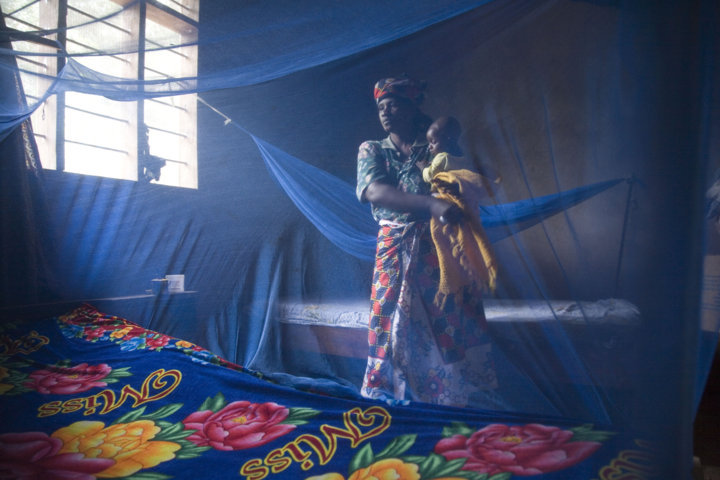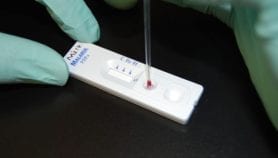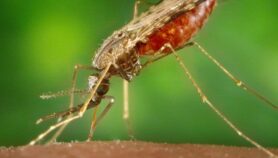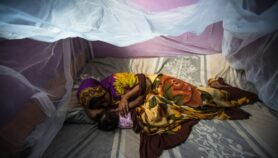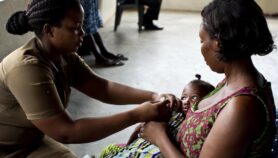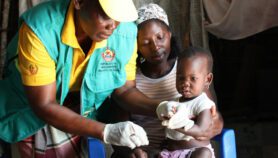By: Esther Nakkazi
Send to a friend
The details you provide on this page will not be used to send unsolicited email, and will not be sold to a 3rd party. See privacy policy.
[KAMPALA] Although malaria burden is gradually falling globally, it remains high and continues to rise in high-transmission areas, especially in rural Africa, a two-year surveillance in Uganda has shown.
According to the researchers who undertook the study, successes recorded for malaria control in Sub-Saharan Africa are mostly limited to low-transmission areas, noting that research in high-transmission regions are needed.
“We found that the incidence of malaria decreased in the peri-urban site, but actually increased in the two rural sites over the course of our study.”
Philip Rosenthal, University of California, San Francisco.
Therefore,the researchers based in Uganda, United Kingdom and the United States conducted surveillance studies from August 2011 to September 2013 in three sub-counties of Uganda, representing a low-transmission, peri-urban area and two rural areas with moderate- and high-transmission intensities.
In the study, which was published in the American Journal of Tropical Medicine & Hygiene last month (16 March), researchers enrolled 755 children aged 6 months to 10 years from 300 households, randomly selected from the three sites. Families were provided with insecticide-treated bednets and had access to 24-hour free medical care at designated study clinics for episodes of fever.
Children were also routinely tested for malaria even without symptoms, and mosquito specimens were collected monthly from light traps to estimate the percentages of mosquitoes in the study areas that were carriers of malaria.
“We found that the incidence of malaria decreased in the peri-urban site, but actually increased in the two rural sites over the course of our study,” says Philip Rosenthal, a co-author of the study and a professor of medicine at the US-based University of California, San Francisco.
According to the researchers, the average incidence of malaria for a child in a year was 0.43 episodes in the low-transmission site, rising to 1.43 episodes in the moderate-transmission, rural site to 2.81 episodes in the high-transmission, rural site.
The findings imply that despite the positive effect of interventions such as using insecticide-treated bednets and providing prompt access to treatment, other strategies may be needed in high-transmission areas to control the disease, says Rosenthal.
However, a malaria specialist, Anthony Nuwa from Malaria Consortium Uganda, tells SciDev.Net the study was conducted at a time the country had no universal coverage of insecticide-treated bednets and that indoor residue spraying for high-transmission areas started in 2013 and 2014.
“If we used the most recent data, the results would be so different. Preliminary results from the Malaria Indicator Survey to be published in April 2015 show that malaria is reducing everywhere,” says Nuwa, who is also a member of the country’s malaria taskforce, adding that Uganda aims to reduce malaria-related deaths by 70 per cent by the end of 2015.
According to a WHO report issued last year, deaths from malaria reduced by 54 per cent in Africa from 2000 to 2013 although the decrease worldwide during the period was 47 per cent.
The study explains that in high-transmission countries, the challenges of malaria control and elimination, when the reservoir is so large, requires a scale-up of widely accepted interventions and novel approaches to realise the successes now being celebrated in other parts of the world.
>Link to full paper in American Journal of Tropical Medicine & Hygiene
This article has been produced by SciDev.Net's Sub-Saharan Africa desk.
References
American Journal of Tropical Medicine & Hygiene doi10.4269/ajtmh.14-0312 (2015)


